Electric Truck Knowledge
Washing Issues of New Energy Electric Logistics Vehicles
Posted on by Electric Trucks
New energy электр логистикалық көлікs have gained acceptance and recognition from a large number of users. Nevertheless, when it comes to their usage, there are notable differences compared to gasoline vehicles. Take the simple act of car washing as an example. With gasoline vehicles, there isn’t much to ponder over, and they can be directly hosed down with a water gun. But when it comes to электр логистикалық көлікs, can the same approach be taken? Today, let’s delve into the car washing issues related to электр логистикалық көлікs.
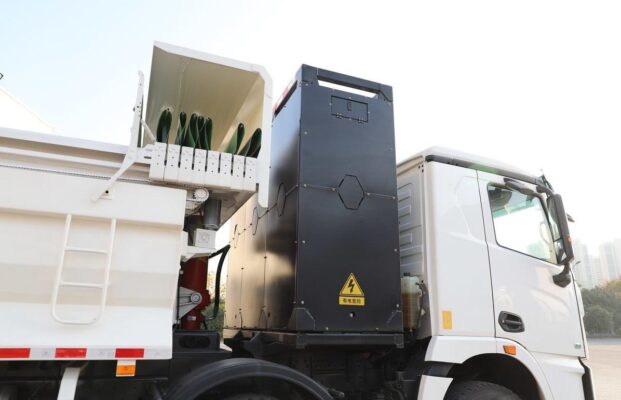
Can they be washed? The unequivocal answer is yes. These vehicles are undoubtedly washable. After all, trucks too need to maintain a presentable appearance. Currently, some large logistics companies involved in the delivery of food, көкөністер, and the like have embraced электр логистикалық көлікs. Even the delivery vehicles of KFC have to pay heed to their image. Thus, regular car washing has become a common management practice for major logistics enterprises.
Now, let’s explore how to wash these vehicles and the points that require attention:
- The high-pressure water gun must never be aimed directly at the electrical system during rinsing. In the case of contemporary электр логистикалық көлікs, the electrical systems are typically arranged on the chassis, and the connections of the wire harnesses are visible. If subjected to rinsing with a high-pressure water gun, there is a significant risk of causing a short circuit in the electrical system, leading to malfunctions. Одан әрі, it might induce insulation signals within the electrical system due to excessive humidity, thereby adversely affecting driving.
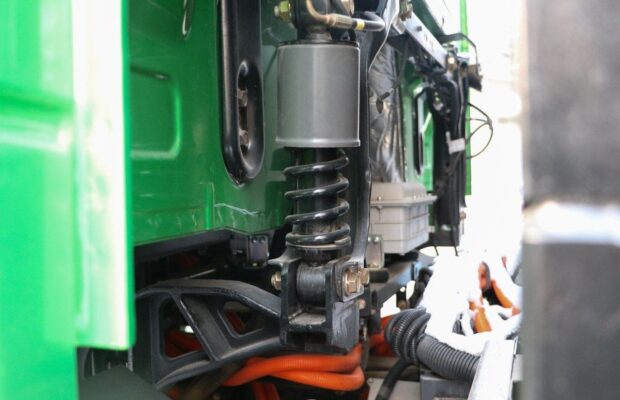
For instance, the high-pressure water could potentially damage sensitive electronic components such as control units, sensors, or connectors. This could result in erratic behavior of systems like the battery management system, motor control, or even safety-related features like the braking and stability control systems.
- Once rinsing is completed, it is imperative to inspect whether water has infiltrated the braking system. Particularly for some electric vans where the rear wheels employ drum brakes, it can be challenging to drain the water once it enters. Hence, after washing the vehicle, it is advisable to drive at a low speed and gently and repeatedly apply the brakes to facilitate drying.
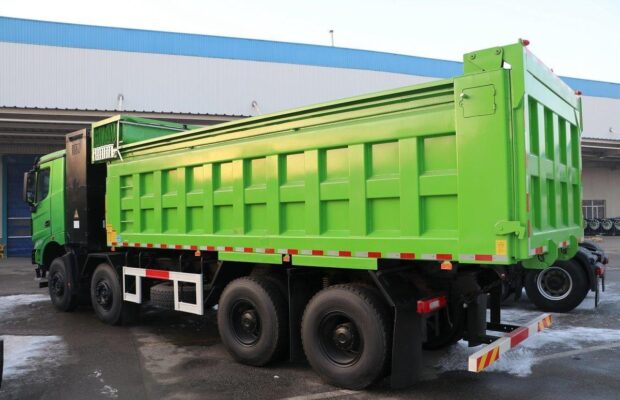
Failure to do so could lead to reduced braking efficiency, increased braking distances, or even potential brake failures. Water trapped within the braking components can cause corrosion over time, affecting the longevity and performance of the braking system.
- In northern cities, salt is spread on the roads after snowfall during winter, which can result in salt accumulation on the vehicle chassis as well. Therefore, the chassis also necessitates regular cleaning. This helps prevent the accumulation of dirt and salt and guards against rusting of the motor, battery box, chassis, and suspension system.
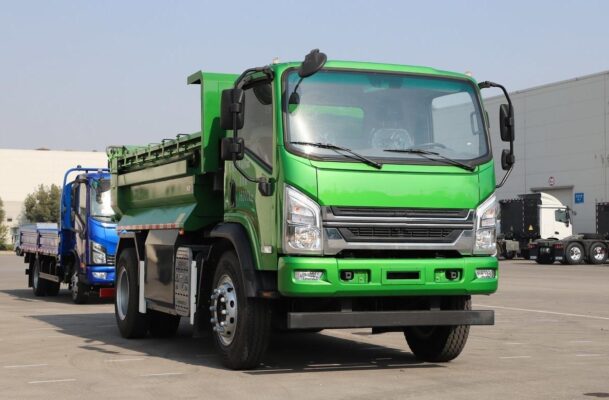
The presence of salt and dirt on the chassis can accelerate the corrosion process, weakening the structural integrity and potentially causing premature component failures. Regular cleaning and, if necessary, the application of protective coatings can significantly extend the lifespan of these critical components.
- Of course, when washing the vehicle, cleaners containing strong acid or strong alkali should be avoided as they can cause harm to the car paint. Especially for white vehicles, if such cleaners are employed for car washing over an extended period, it will likely be noticed that the white car paint turns yellow with time.
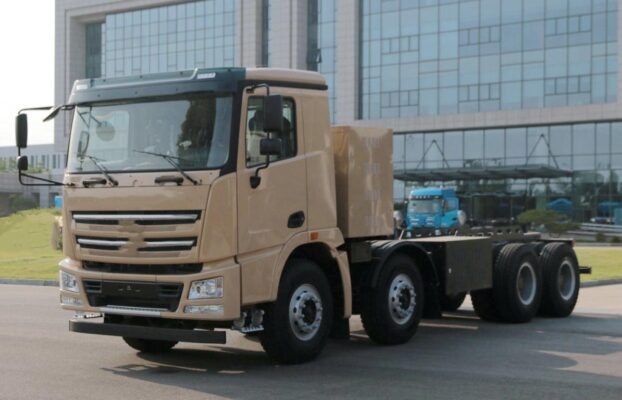
Strong acid or alkali cleaners can strip away the protective wax and clear coat layers on the paint surface, exposing it to environmental contaminants and UV radiation. This not only affects the aesthetic appeal but also reduces the paint’s durability and protection against rust and corrosion.
In addition to the above points, it’s also essential to pay attention to the temperature of the water used for washing. Extremely hot or cold water can cause stress to the vehicle’s components and surfaces. Hot water might damage certain plastics or rubber seals, while cold water in very cold weather could lead to rapid contraction and potential cracking of materials.
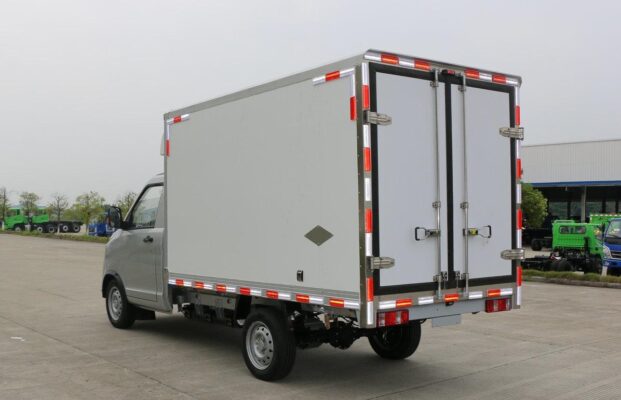
Одан әрі, when drying the vehicle after washing, soft and clean towels or air dryers should be used to avoid scratching the paint or leaving streaks.
In summary, washing new energy электр логистикалық көлікs requires a careful and considered approach. By adhering to the correct procedures and taking the necessary precautions, one can ensure that the vehicle remains clean and in optimal condition without causing damage to its vital components and finishes. This not only enhances the vehicle’s appearance but also contributes to its longevity and reliable performance.
As the technology of new energy vehicles continues to evolve, so too will the best practices for their maintenance and cleaning. Staying informed and updated on the latest recommendations from manufacturers and industry experts is crucial for keeping these vehicles in top shape and maximizing their operational lifespan.